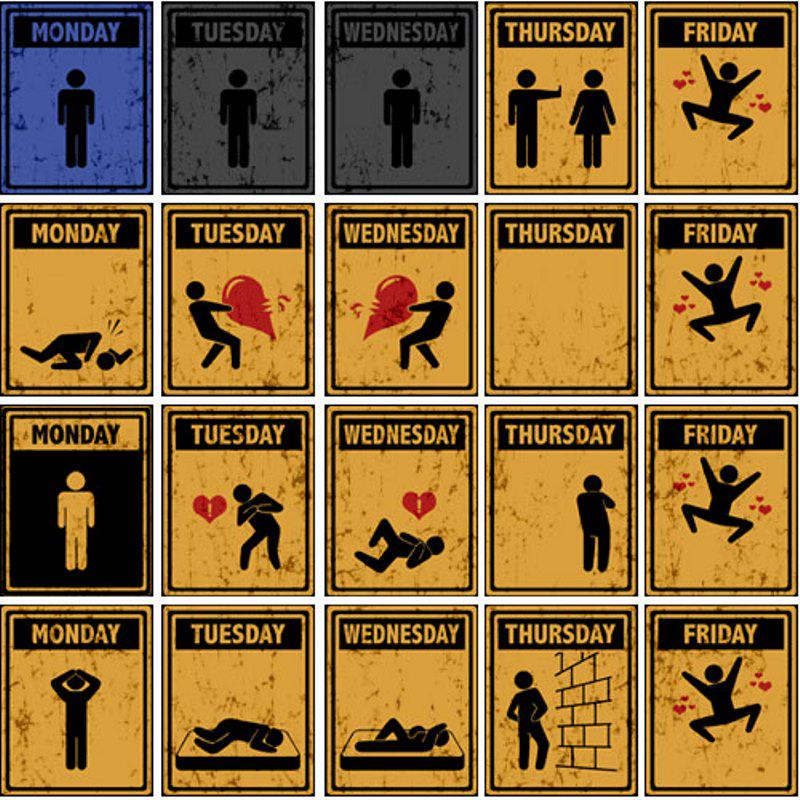Summer
Summer is the warmest time of year because the top part of the Earth is facing the Sun. The longest days of the year occur during the summer months. June is the time of the summer solstice, the longest day of the calendar year. The time of the solstice is determined by the location of the Sun which is directly over the Tropic of Cancer on that longest day.
Summer is the warmest time of year because the top part of the Earth is facing the Sun. The longest days of the year occur during the summer months. June is the time of the summer solstice, the longest day of the calendar year. The time of the solstice is determined by the location of the Sun which is directly over the Tropic of Cancer on that longest day.
Autumn
This is one of the two in-between seasons. During
summer, the North Pole is leaning towards the Sun and the South Pole leans
towards the Sun in winter. In Autumn, the Sun is directly over the Equator during September. Autumn events include leaves falling from trees,
shorter days than summer, and harvesting summer crops.
Winter
This is the season where the Earth is tilted way from
the Sun and the South Pole is getting all of the light. In December, the Earth hits its next
marker when the winter solstice occurs. That shortest day of
the year happens when the Sun is directly over the Tropic
of Capricorn at noon. From that point, everything starts to change
again. Winter events include colder temperatures, snow and winter storms, the
shortest days of the year, and the hibernation of some animals.
Spring
Spring is a time for rebirth and emerging from the short and cold
days of winter. March is the time of the vernal
equinox that signals the official start of spring. As far as the
position of the planet, it is a bit of a mirror image to its position in
autumn. The Sun is directly over the Equator. Spring events include blooms of wildflowers, new
leaves on trees, warmer days that winter, and wetter weather.
Activities:
- Seasons of the year - exercises
- Drag and drop
- The four seasons
- Seasons: Hangman game
- Match up 1, 2 and 3
- A matter of time
- Months and seasons, 1
- Months ans seasons, 2
- Months and seasons, 3
- Months and seasons, 4















